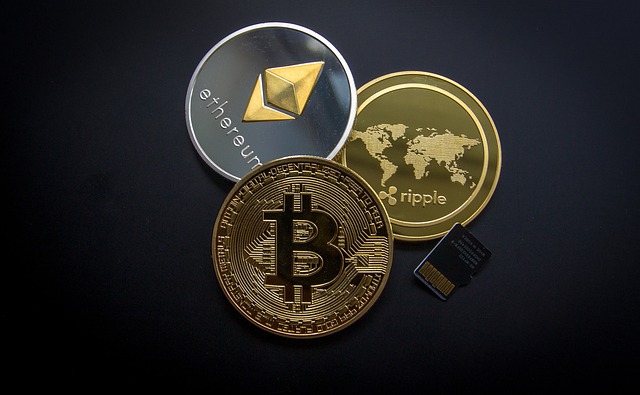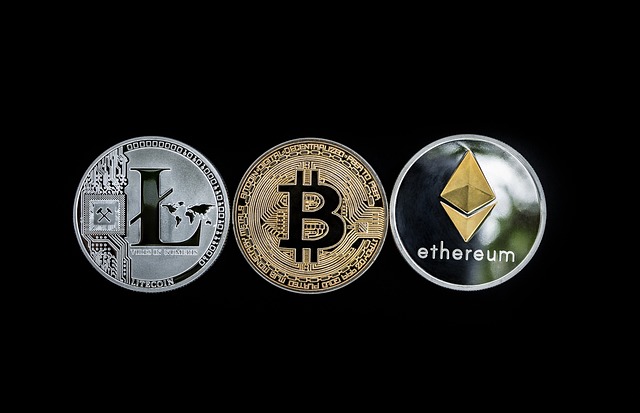Understanding Tether’s Role in the Crypto Market
Tether, commonly known as USDT, is one of the most widely used stablecoins in the cryptocurrency market. As a stablecoin, it aims to maintain a stable value relative to the US dollar, making it an attractive option for traders and investors looking to reduce their exposure to price volatility.
In this article, we will delve into the world of Tether, exploring its role in the crypto market, how it works, and what implications it has on the broader cryptocurrency ecosystem. We will also examine some of the challenges and controversies surrounding Tether, as well as its potential impact on the future of digital assets.
What is Tether?
Tether is a decentralized stablecoin issued on the Ethereum blockchain. It was created in 2014 by Brock Pierce and Reeve Collins, with the goal of providing a stable store of value for traders and investors.
The value of Tether is pegged to the US dollar, with each unit representing one US dollar. This means that whenever someone buys or sells Tether, they are essentially exchanging it for a corresponding amount of US dollars.
How does Tether work?
The mechanics behind Tether’s value peg are as follows:
- Every unit of Tether is backed by a corresponding amount of US dollars, which are held in a reserve account.
- The reserve account is managed by Tether’s parent company, iFinex, with the goal of maintaining the stable value of the token.
- When someone buys or sells Tether, the equivalent amount of US dollars from the reserve account is transferred to fulfill the transaction.
- The process is designed to maintain a 1:1 ratio between Tether and US dollars, ensuring that the value of the token remains stable relative to the dollar.
Tether’s Role in the Crypto Market
Tether plays a significant role in the crypto market, particularly for traders and investors who want to reduce their exposure to price volatility. Here are some ways Tether is used:
- Reducing risk: By using Tether, traders can reduce their exposure to price fluctuations, as the value of Tether remains stable relative to the dollar.
- Increasing liquidity: Tether’s widespread adoption has increased liquidity in the market, making it easier for buyers and sellers to exchange assets.
- Enabling trading: Tether’s stability provides a foundation for traders to buy and sell other cryptocurrencies, enabling more complex trades and strategies.
- Supporting DeFi protocols: Tether is used in many decentralized finance (DeFi) protocols, providing a stable store of value for users and liquidity providers.
Challenges and Controversies Surrounding Tether
Tether has faced several challenges and controversies over the years:
- Auditing issues: Tether’s reserve account has been the subject of controversy, with some questioning how transparent the company is about its reserves.
- Lack of regulation: As a stablecoin, Tether operates in a gray area between securities and commodities, raising questions about its regulatory status.
- Price manipulation allegations: Some traders have accused Tether of manipulating the price of other cryptocurrencies through large trades.
- Competition from alternative stablecoins: New stablecoins like USDC and DAI have emerged, challenging Tether’s dominance in the market.
Conclusion and Advice
In conclusion, Tether plays a significant role in the crypto market, providing stability and liquidity for traders and investors. However, it has faced several challenges and controversies over the years.
As the cryptocurrency market continues to evolve, it is essential to stay informed about the latest developments surrounding stablecoins like Tether. For those looking to get involved with stablecoins, we recommend doing your own research and staying up-to-date on market trends.
Tags:
Tether | Stablecoin | Crypto Market | Blockchain | USDT



